
Open the main page of the computer window in the Win10 system, click the "View" tab on the main page, and then click the "Options" button on the page to open the Win10 system folder options page.
Because of this, when there is a problem with the cache file, it will cause the system icon to display abnormally. Now that the reason has been found, the solution is also very simple. You just need to delete the problematic icon cache file and let the system re-estable the icon cache.
Win + R shortcut key calls up the run dialog box and enters the following command: ie4uinit -show OK, you will find that the desktop icon will have a refresh process, which is to rebuild the icon cache. It can be repeated many times until all the desktop icons are displayed normally.

The icon on the desktop of the mobile phone is missing. The way to retrieve it is as follows: Restart the mobile phone: Sometimes, a simple restart can solve the problem. After restarting the mobile phone, the mobile phone will reload the desktop icon, and the icon will be displayed on the desktop again.
Check whether the icons have been deleted: Search for the names of the desktop icons to see if you can find them. If you can't find it, it may have been deleted. You can try to recover the deleted files from the recycle bin. Restart the computer: Sometimes restarting the computer can solve some temporary problems, including the disappearance of the desktop icon.
Restore desktop icons through "personalization" First of all, we can restore desktop icons through "personalization".
If you are using an OPPO/OnePlus mobile phone and the desktop application icon disappears, you can try the following methods: check whether the mobile phone has a multi-user mode. If there is a multi-user mode, change the host password and enter the mobile phone to check whether there is an application.
If your computer icon is missing and the right mouse button is not available, you can try the following solutions: Keyboard shortcut to restore the icon: Press the Ctrl + Shift + Esc key on the keyboard to open the task manager.
1. The details are as follows: In the first step, right-click the blank space on the desktop, and then click the personalized option in the pop-up window.In the second step, after coming to the personalized window shown in the figure below, click the theme option on the left side of the page. Step three, in the theme page referred to in the figure below, click the desktop icon settings indicated by the arrow.
2. On the Windows 10 system desktop, right-click the start button in the lower left corner and select the "Run" menu item in the pop-up menu. At this time, the running window of Windows 10 will open, enter the command reedit in the window, and then click the OK button to run the command.
3. Check the desktop icon settings: right-click on the blank space on the desktop, select "Personalization", then click the "Theme" tab, and click the "Desktop Icon Settings" option under "Related Settings". In the pop-up window, make sure that the "Computer" box is checked.
4. Method 1: Click "Start" to find a program and drag the icon directly to the desktop. This article takes Foxmail as an example, which generates a desktop shortcut. Moreover, the original program icon still exists in all applications, which is very different from Win7.
Binance app-APP, download it now, new users will receive a novice gift pack.
Open the main page of the computer window in the Win10 system, click the "View" tab on the main page, and then click the "Options" button on the page to open the Win10 system folder options page.
Because of this, when there is a problem with the cache file, it will cause the system icon to display abnormally. Now that the reason has been found, the solution is also very simple. You just need to delete the problematic icon cache file and let the system re-estable the icon cache.
Win + R shortcut key calls up the run dialog box and enters the following command: ie4uinit -show OK, you will find that the desktop icon will have a refresh process, which is to rebuild the icon cache. It can be repeated many times until all the desktop icons are displayed normally.

The icon on the desktop of the mobile phone is missing. The way to retrieve it is as follows: Restart the mobile phone: Sometimes, a simple restart can solve the problem. After restarting the mobile phone, the mobile phone will reload the desktop icon, and the icon will be displayed on the desktop again.
Check whether the icons have been deleted: Search for the names of the desktop icons to see if you can find them. If you can't find it, it may have been deleted. You can try to recover the deleted files from the recycle bin. Restart the computer: Sometimes restarting the computer can solve some temporary problems, including the disappearance of the desktop icon.
Restore desktop icons through "personalization" First of all, we can restore desktop icons through "personalization".
If you are using an OPPO/OnePlus mobile phone and the desktop application icon disappears, you can try the following methods: check whether the mobile phone has a multi-user mode. If there is a multi-user mode, change the host password and enter the mobile phone to check whether there is an application.
If your computer icon is missing and the right mouse button is not available, you can try the following solutions: Keyboard shortcut to restore the icon: Press the Ctrl + Shift + Esc key on the keyboard to open the task manager.
1. The details are as follows: In the first step, right-click the blank space on the desktop, and then click the personalized option in the pop-up window.In the second step, after coming to the personalized window shown in the figure below, click the theme option on the left side of the page. Step three, in the theme page referred to in the figure below, click the desktop icon settings indicated by the arrow.
2. On the Windows 10 system desktop, right-click the start button in the lower left corner and select the "Run" menu item in the pop-up menu. At this time, the running window of Windows 10 will open, enter the command reedit in the window, and then click the OK button to run the command.
3. Check the desktop icon settings: right-click on the blank space on the desktop, select "Personalization", then click the "Theme" tab, and click the "Desktop Icon Settings" option under "Related Settings". In the pop-up window, make sure that the "Computer" box is checked.
4. Method 1: Click "Start" to find a program and drag the icon directly to the desktop. This article takes Foxmail as an example, which generates a desktop shortcut. Moreover, the original program icon still exists in all applications, which is very different from Win7.
Binance Download for PC Windows 10
author: 2025-02-28 09:39OKX Wallet apk download latest version
author: 2025-02-28 07:26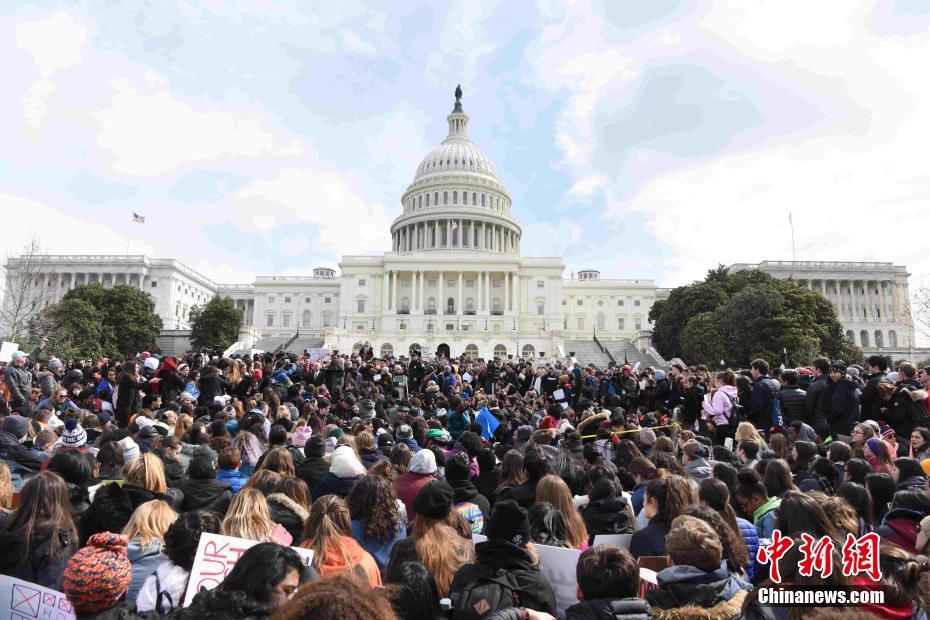 Binance wikipedia
Binance wikipedia
819.88MB
Check Binance download
Binance download
592.72MB
Check OKX review
OKX review
511.71MB
Check Binance login
Binance login
634.97MB
Check Binance login
Binance login
676.42MB
Check Binance Download for PC Windows 10
Binance Download for PC Windows 10
837.82MB
Check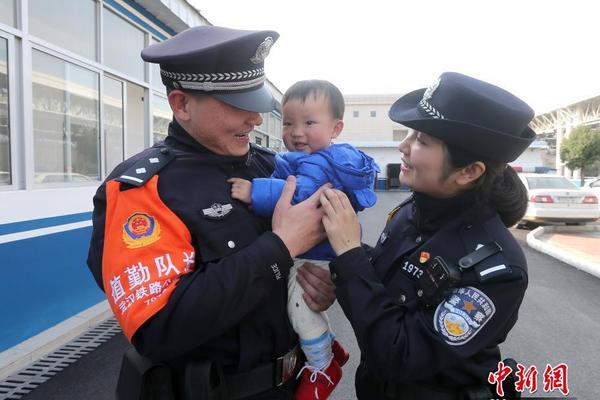 Binance US
Binance US
145.31MB
Check OKX Wallet Sign up
OKX Wallet Sign up
787.44MB
Check OKX app
OKX app
186.22MB
Check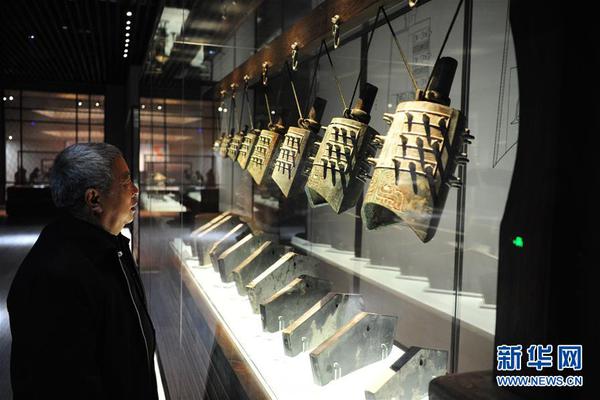 Binance exchange
Binance exchange
984.21MB
Check Binance download
Binance download
453.78MB
Check Binance Download for PC
Binance Download for PC
815.13MB
Check Binance US
Binance US
718.63MB
Check Binance wikipedia
Binance wikipedia
875.61MB
Check Binance Download for PC Windows 10
Binance Download for PC Windows 10
454.43MB
Check Binance APK
Binance APK
629.34MB
Check Binance wikipedia
Binance wikipedia
538.15MB
Check Binance download
Binance download
896.11MB
Check Binance APK
Binance APK
954.76MB
Check Binance Download for PC Windows 10
Binance Download for PC Windows 10
445.81MB
Check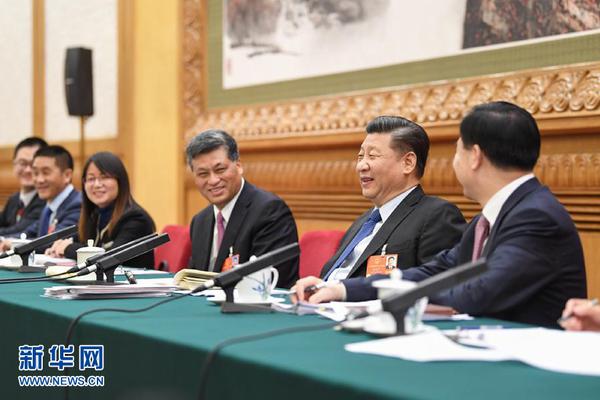 OKX download
OKX download
218.38MB
Check okx.com login
okx.com login
658.54MB
Check Binance download iOS
Binance download iOS
137.13MB
Check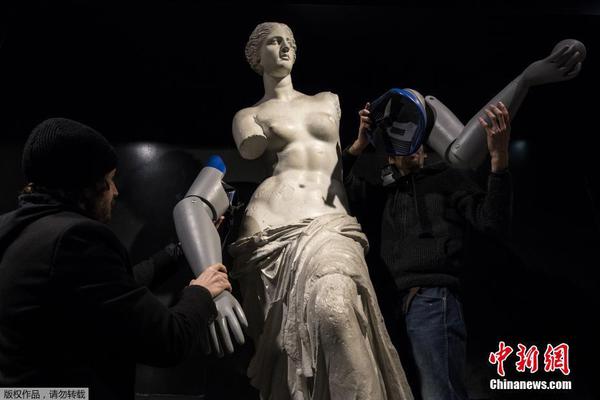 Binance download Android
Binance download Android
343.68MB
Check Binance Download for PC Windows 10
Binance Download for PC Windows 10
152.73MB
Check Binance login App
Binance login App
943.49MB
Check OKX Wallet app download for Android
OKX Wallet app download for Android
317.17MB
Check Binance login
Binance login
885.53MB
Check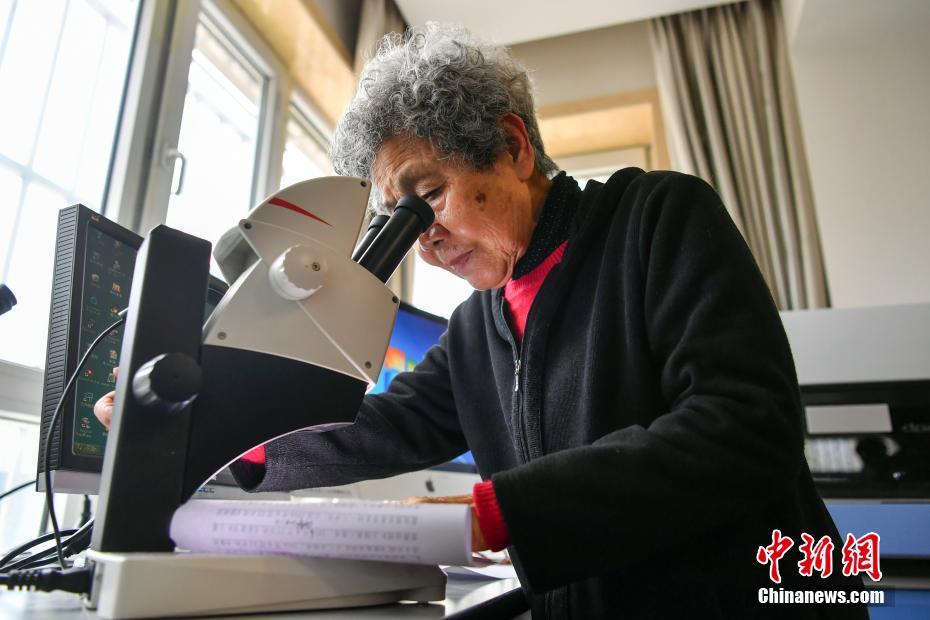 OKX app
OKX app
997.89MB
Check OKX Wallet login
OKX Wallet login
445.55MB
Check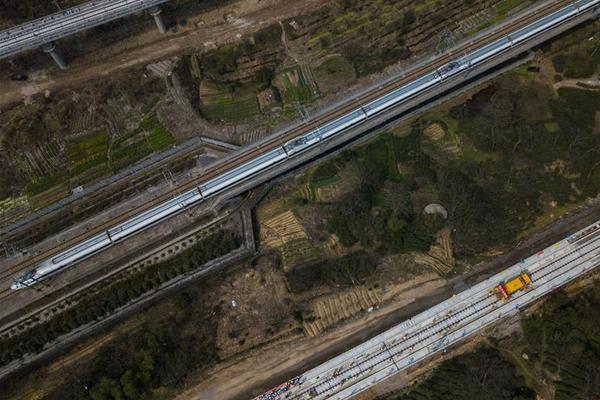 Binance app download Play Store
Binance app download Play Store
222.87MB
Check Binance US
Binance US
561.39MB
Check Binance APK
Binance APK
322.27MB
Check OKX Wallet app
OKX Wallet app
229.39MB
Check Binance download iOS
Binance download iOS
324.56MB
Check OKX Wallet extension
OKX Wallet extension
281.49MB
Check
Scan to install
Binance app to discover more
Netizen comments More
627 地利人和网
2025-02-28 09:09 recommend
691 借箸代筹网
2025-02-28 08:54 recommend
1943 事以密成网
2025-02-28 08:22 recommend
1520 衣冠禽兽网
2025-02-28 07:20 recommend
2040 昏昏沉沉网
2025-02-28 07:13 recommend